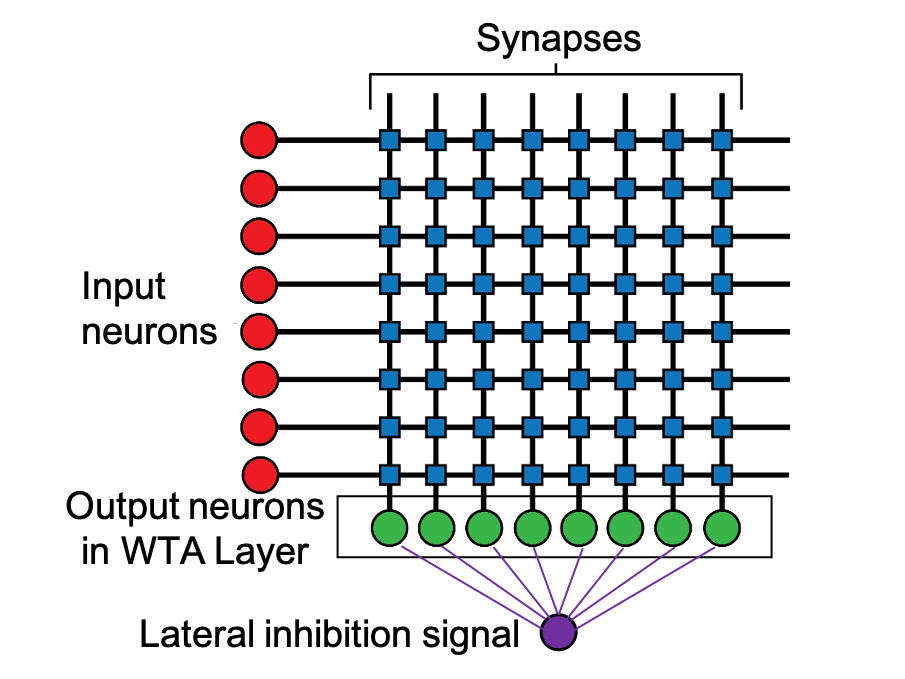big data tagged posts

Image credit: Getty Images
New study reveals a zoo of magnetic patterns at the atomic scale. Atomic-scale magnetic patterns resembling a hedgehog’s spikes could result in hard disks with massively larger capacities than today’s devices, a new study suggests. The finding could help data centers keep up with the exponentially increasing demand for video and cloud data storage.
In a study published today in the journal Science, researchers at The Ohio State University used a magnetic microscope to visualize the patterns, formed in thin films of an unusual magnetic material, manganese germanide...
Read More
New research finds that magnetic wires, spaced a certain way, can lead to a 20-30x reduction in the amount of energy needed to run neural network training algorithms.
The rapid progression of technology has led to a huge increase in energy usage to process the massive troves of data generated by devices. But researchers in the Cockrell School of Engineering at The University of Texas at Austin have found a way to make the new generation of smart computers more energy efficient.
Traditionally, silicon chips have formed the building blocks of the infrastructure that powers computers...
Read More
The diagram above shows a hot Jupiter at various phases of its orbit. The sizes of the star and planet and the separations between them are to scale for a typical hot Jupiter. The amount of reflected starlight that is observed depends on the planet’s position within its orbit and the inclination of the orbit with respect to the observer.







Recent Comments